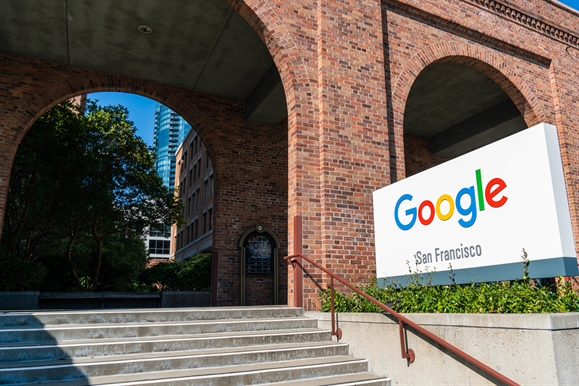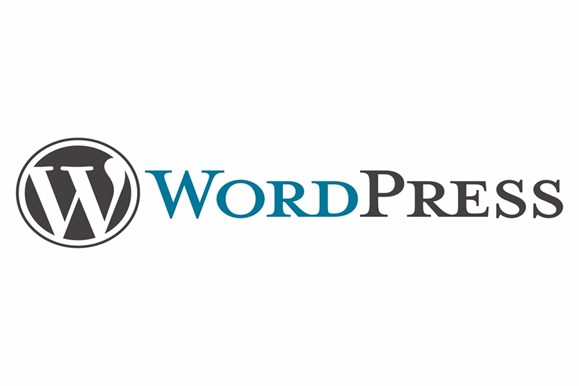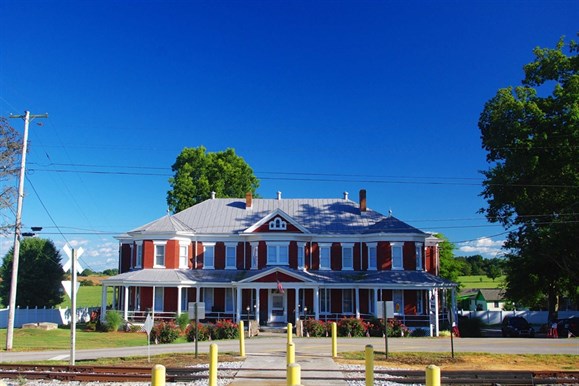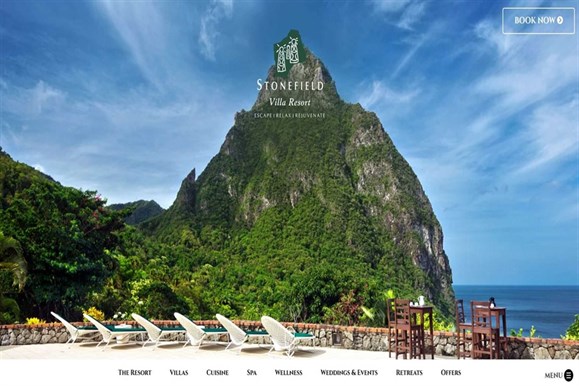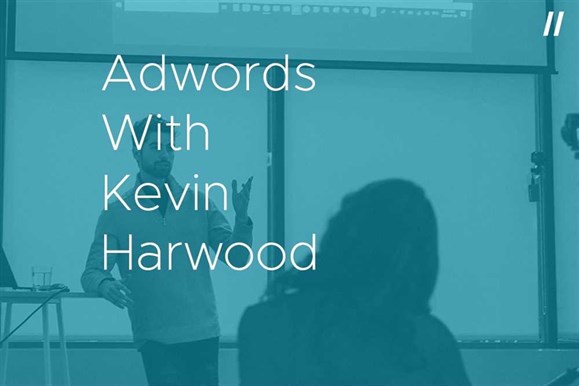-
Digital Marketing
3 Reasons why Heritage Properties are Vulnerable to OTAs
That most hoteliers find themselves in a love-hate relationship with Online Travel Agencies is not surprising.
On one hand, property owners are happy to have the reservations which OTAs deliver; on the other, few enjoy paying 3rd party commissions (which are substantial). Worse still, OTA reservations are programmed in a way that drives valuable hotel inventory towards the lowest margin yield. Despite these realities, OTAs have become the de facto marketing departments of many hotels and for heritage property owners this brings a particular set of challenges. Here’s three:
1.Heritage properties are usually independent and unbranded.
Heritage properties are often owned and operated by entrepreneurs who value heritage aesthetics. As independent thinkers, they prefer to operate as unbranded rather than as part of a centralized hotel chain. Such independence comes at a price: they miss out on the marketing muscle of the big chains. Marriott alone, for example, spent more than $100M on measurable media to promote its 19 hotel brands going into the past calendar year, according to AdAge.com. Whereas independent heritage properties have to rely on their own marketing resources (which can be limited) and their own resourcefulness (which they tend to have in spades).
2. It’s difficult to tell a heritage story on an OTA platform.
It’s not easy for a property to differentiate itself on an OTA. For example, the Priceline Group has more than 26.1 million potentially bookable rooms in 220 countries and territories, according to TravelWeekly.com. Among that near-unimaginable number of rooms, it’s a near-impossibility to stand out. Differentiation can be everything to a historic property, since by definition its heritage signifies its differentiation. Unfortunately, OTA photo galleries and paragraph-long property descriptions simply can’t capture the romantic history or the charming story behind a property’s provenance.
3. Heritage properties tend to be part of an enclave of attractions.
Many heritage properties can be found in a community’s historic old town or city centre. Others can be found near waterways. Up until the late 19th century rivers, canals, lakes, and sea-sides flourished thanks to ships of steam and sail. Nowadays these regions are filled with roaming tourists and vacationers in search of attractions, ambiance, and atmosphere preferably within walking distance from where they’re staying. Once again, this advantageous selling feature of heritage properties can be told on an OTA only in a limited way.
Heritage owners should rely on the resourcefulness that first got them into business.
The first-time owners of historic properties are usually self-starters, natural entrepreneurs and hospitable by nature. Combine these attributes with a love of heritage and you should have a recipe for success. By the time their property becomes operational, however, they can feel captive to a veritable brick wall of OTAs seemingly with a stranglehold on market awareness.
It’s worth mentioning that one or two OTA agreements can and should be a healthy part of any reservation channel mix. (Too many OTA agreements and they’ll compete against each other for the same rooms). It’s even healthier for a heritage property to drive direct bookings to their website and thereby own the guest relationship from the get-go without paying commissions. Here are three tactics to keep in mind.
1. Pull every digital marketing lever available to differentiate your heritage property
It all starts with a website full of SEO-informed content. OTA’s may have deep advertising pockets but they can’t compete with your own rich, differentiated content to drive-up organic search results.
Next, pull the ‘blog lever’ every few weeks to keep your content fresh to Google’s crawlers and indexing bots. Though the search giant’s algorithm is opaque to outsiders, it’s increasingly clear that website engagement – the length of time a visitor spends on the site – is crucial to driving up search results. Hence, it’s helpful to add video keep visitors entertained and encouraged to dive deeper into your heritage offering. Other marketing levers could include email marketing to promote the special ambiance of a wedding at a historic venue, or postings to social media of seasonal offerings – ranging from Halloween to the holidays – which will play to your unique heritage strengths.
Over time, the totality of pulling digital marketing levers in the proper sequence will drive more visitors and convert an increasing number to direct bookings.
2. Heritage is an attraction on its own but neighbouring attractions are a crucial bonus.
A booking can be an afterthought once a guest has decided on which neighbourhood or district they wish to visit. In other words, they select the sites they want to see and decide to stay nearby. That’s not always the case with heritage properties as they’re frequently an attraction all on their own. But in battling OTAs for reservations, it’s important not to underestimate neighbouring attractions. Associating with them in a high-profile manner through online citations and link-backs will help draw visitors – and ultimately conversions – to your website.
3. PPC advertising, A-B testing, and the Power to draw the right traffic.
Different demographics are drawn by different messages. Millennials are of marrying age and may look for wedding venues. Boomers enjoy the culture and may be on the lookout for package deals. In reality, these are assumptions that can quickly and easily be tested with online pay-per-click advertising. The truth is no one knows which fish – or demographic – will bite on which bait. Only testing, revising, and optimizing will confirm or overturn your assumptions.
In summary, heritage is more than an attribute: it’s a marketing weapon.
Heritage property owners make a clear and undeniable contribution to the fabric of their communities. They bring not simply the esoteric values of history and quality of life but are a very real driver of revenue to themselves and by extension to their city, town or village. But being beholden to global OTA behemoths need not hamper their rate of growth or profitability. By leveraging their core differentiator with a digital marketing presence they control, they can play a stately David to the OTA Goliath.
Keep Reading
 Prev Post
Prev Post 



 Back to Blogs
Back to Blogs







